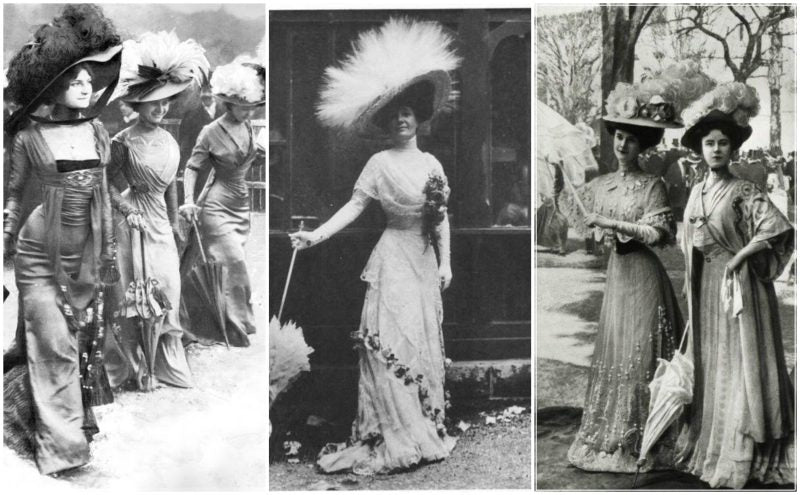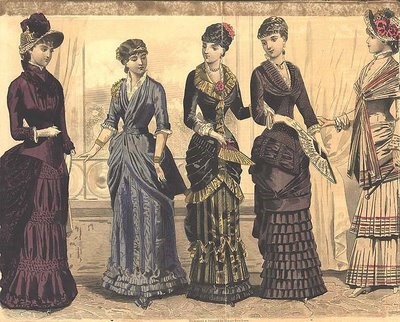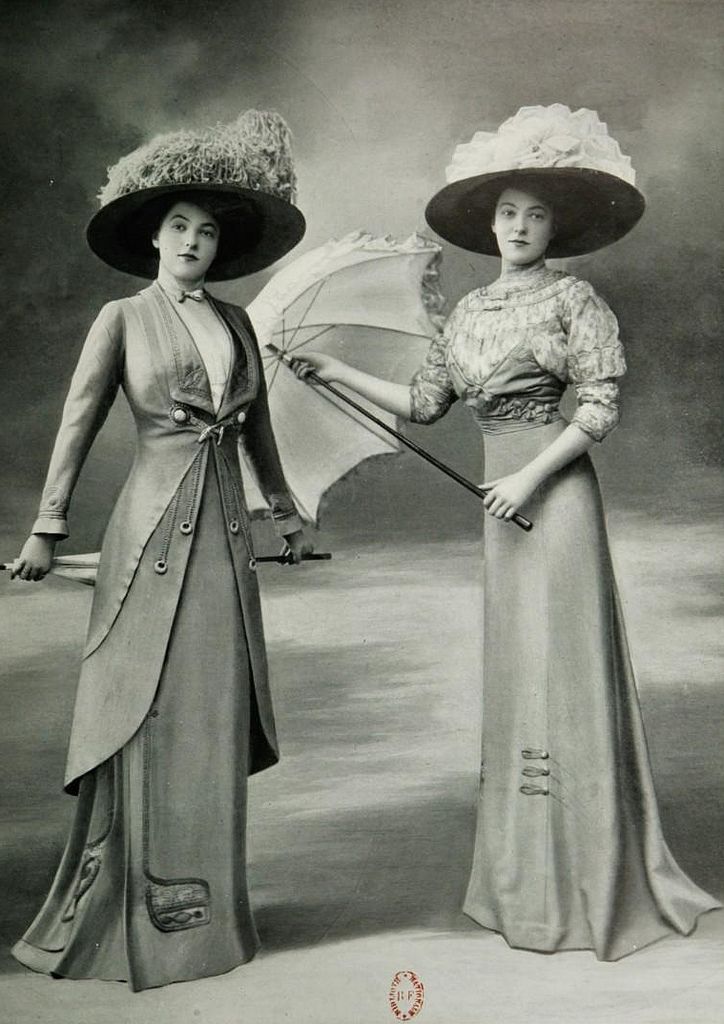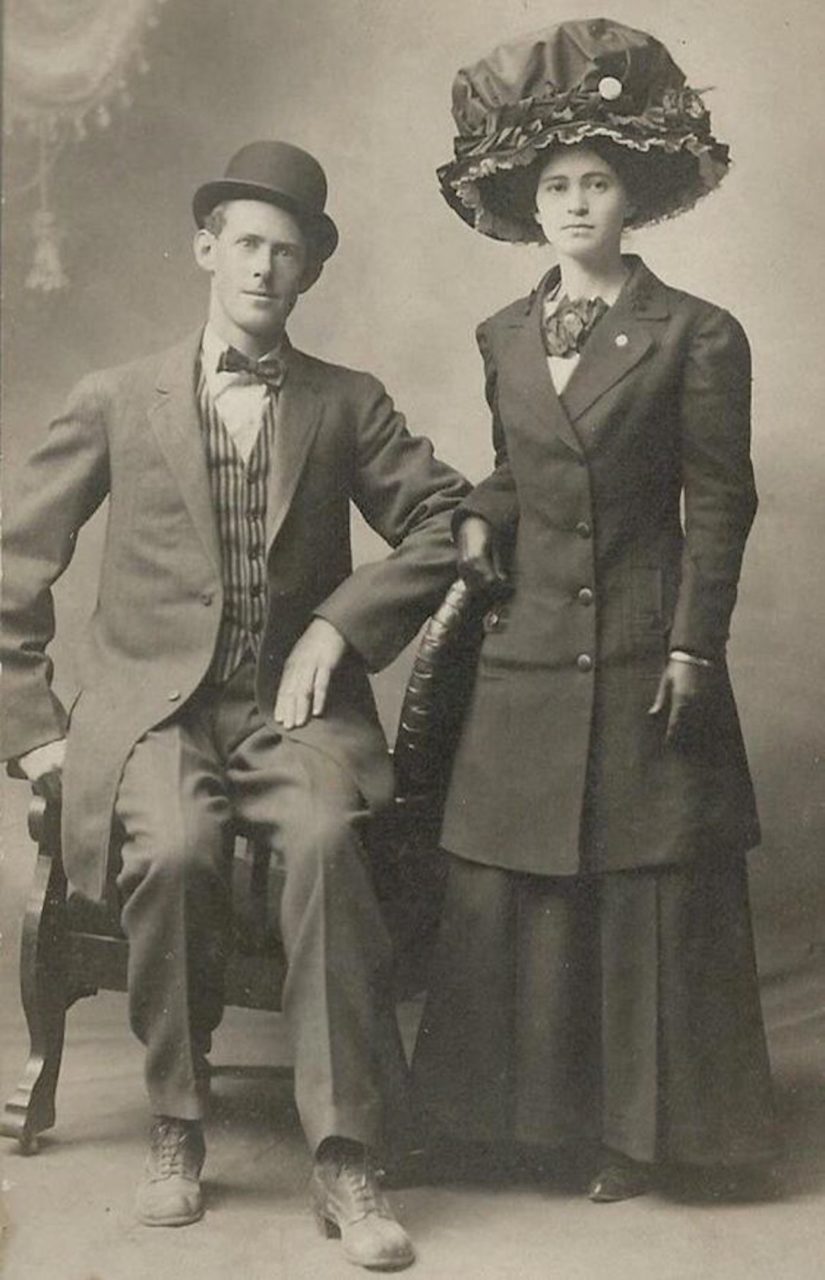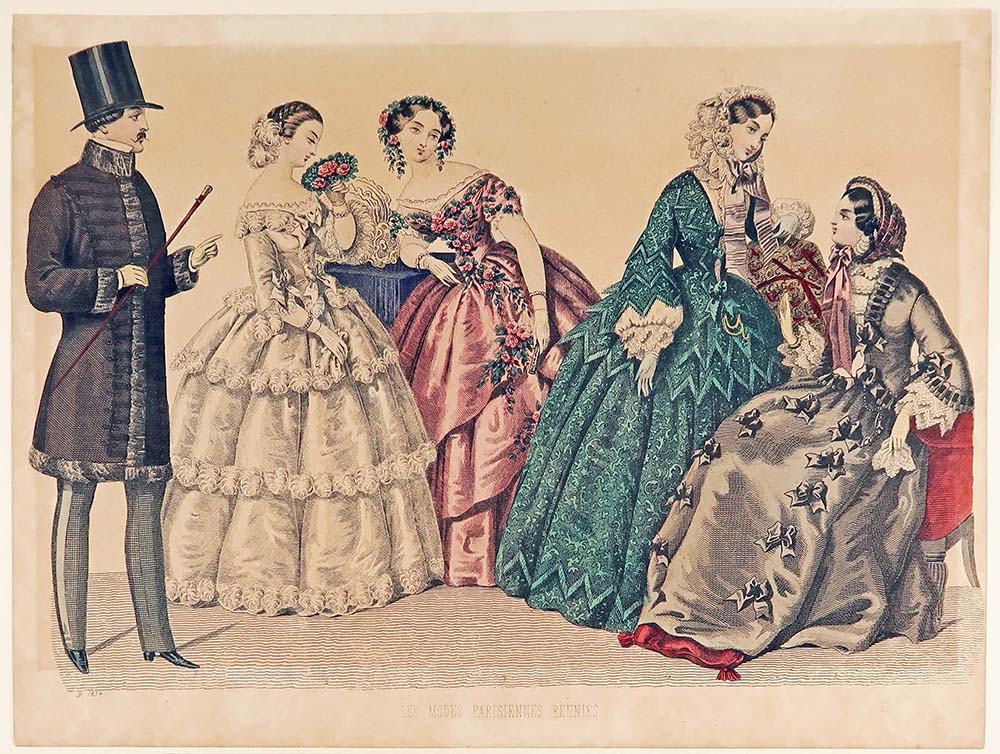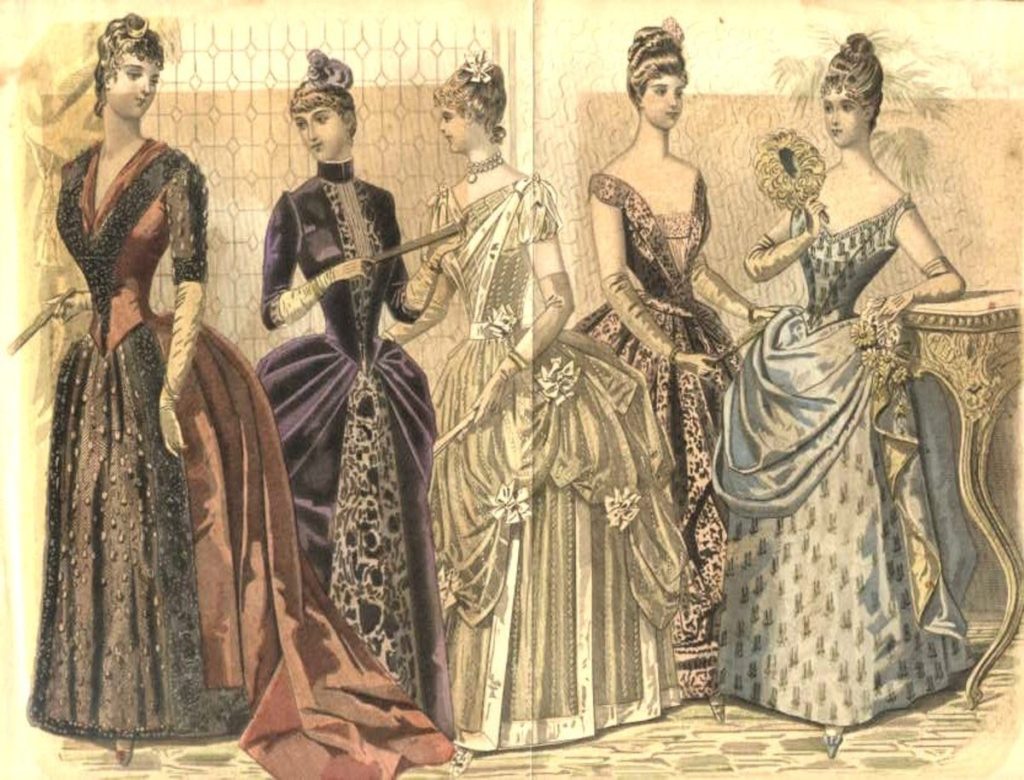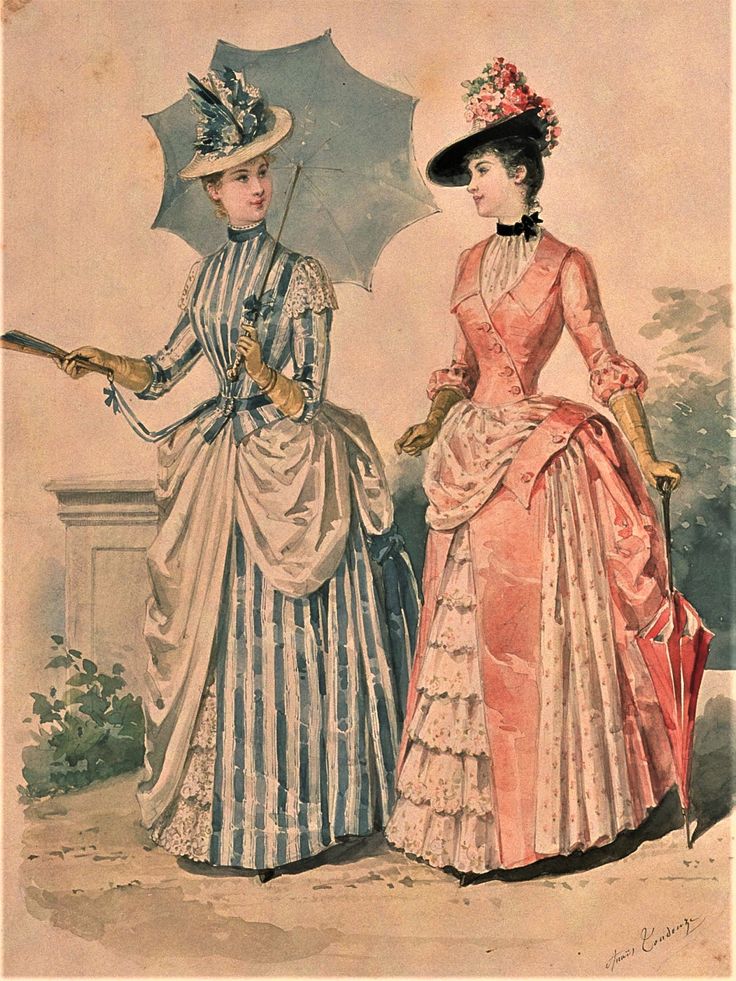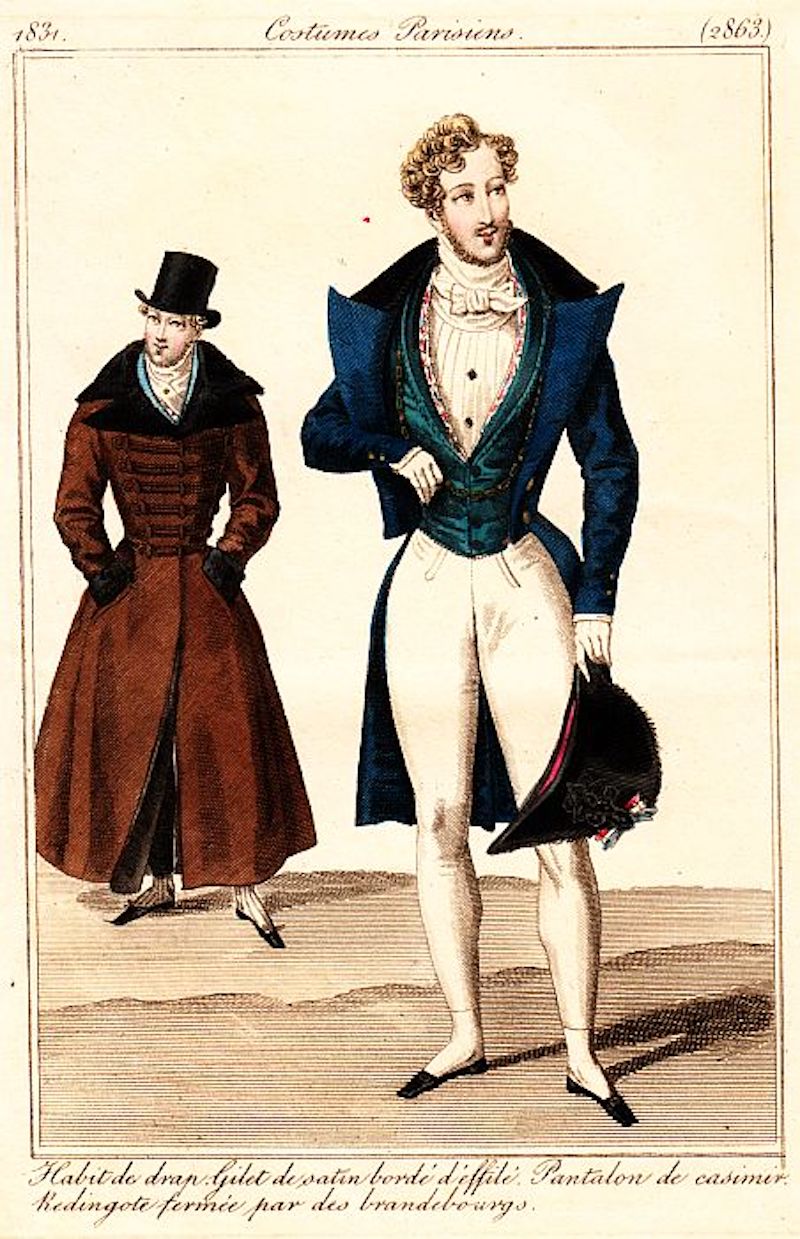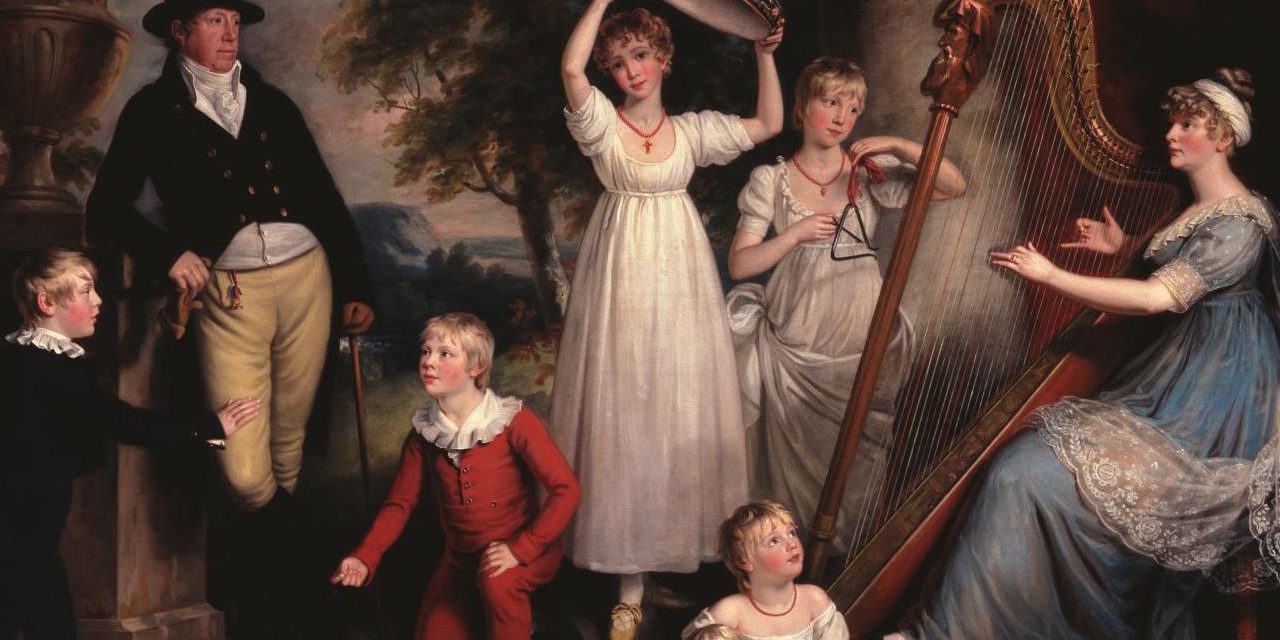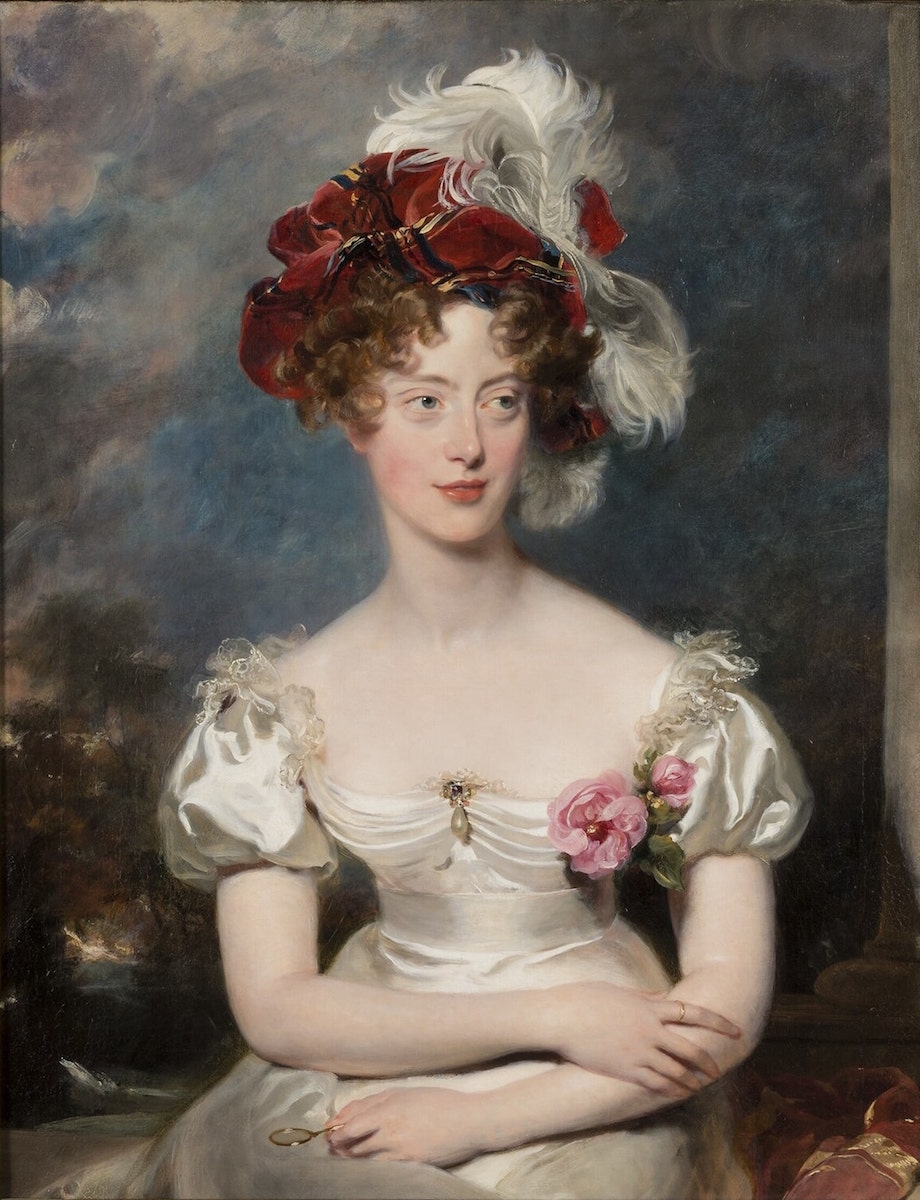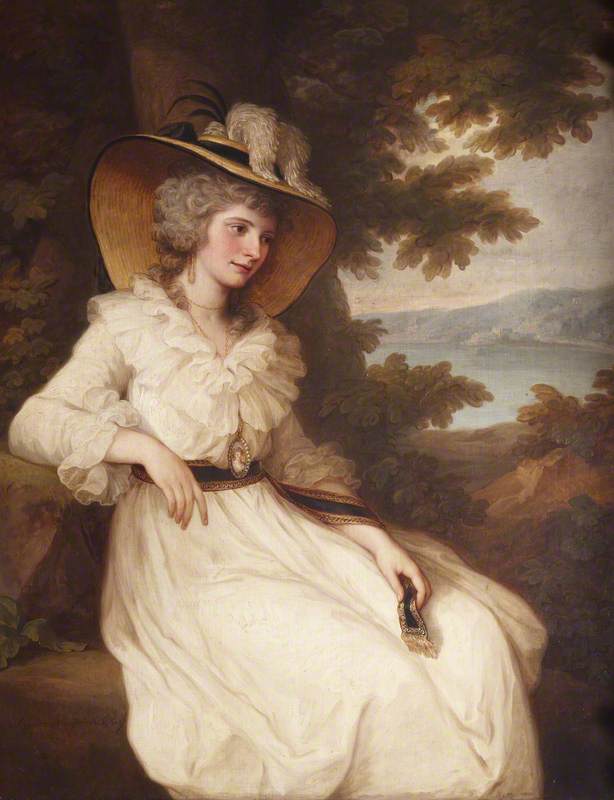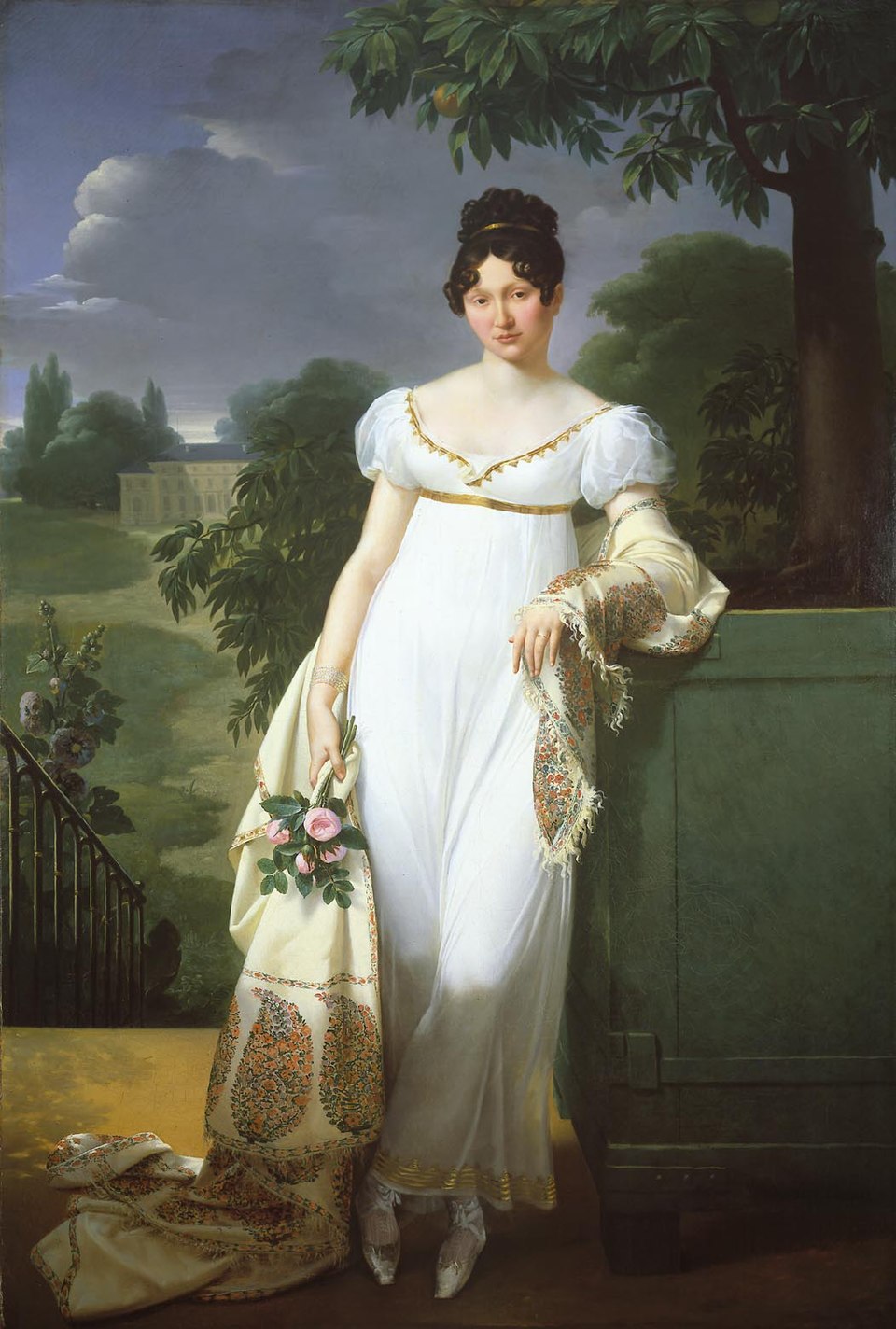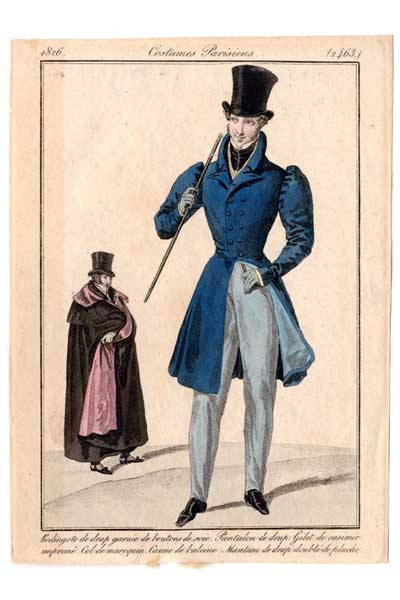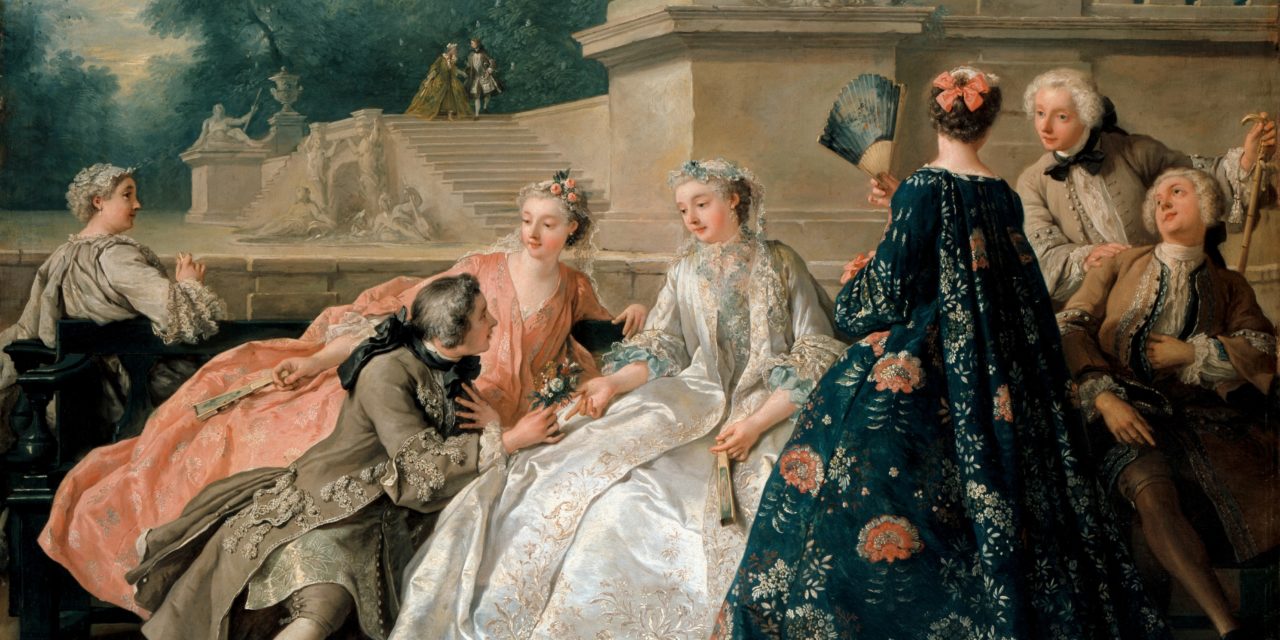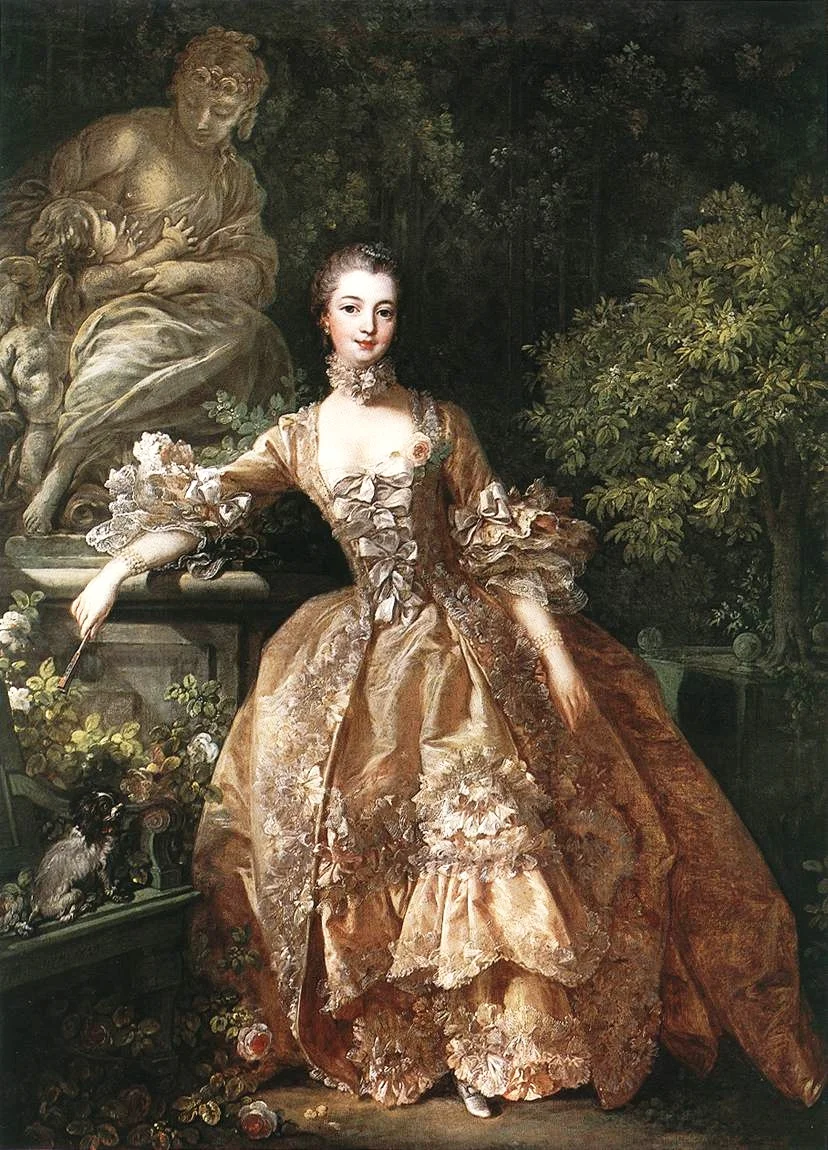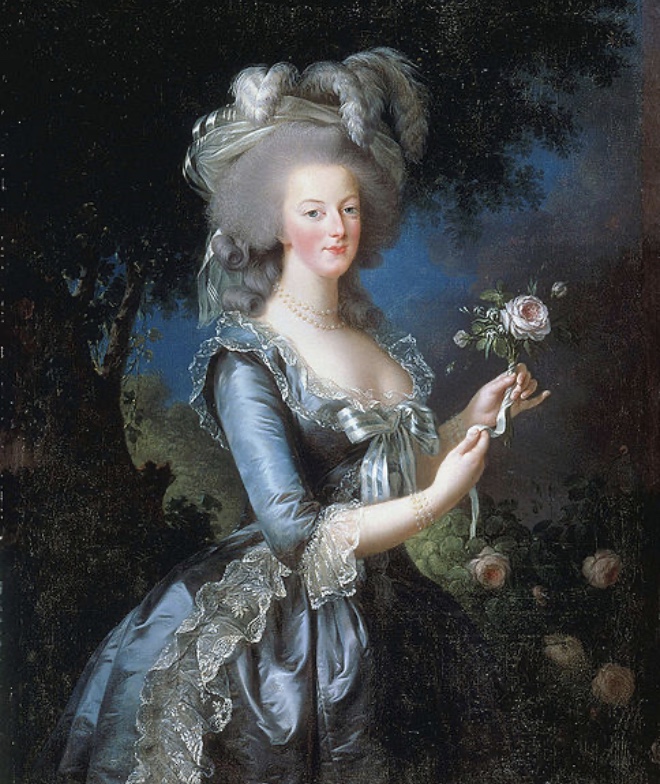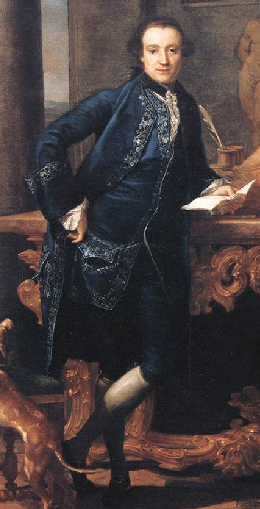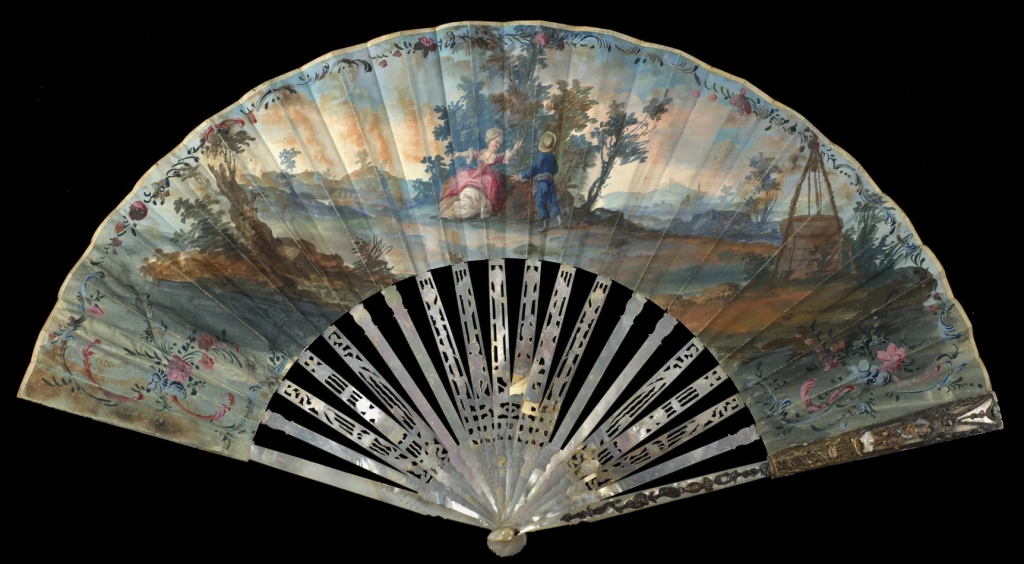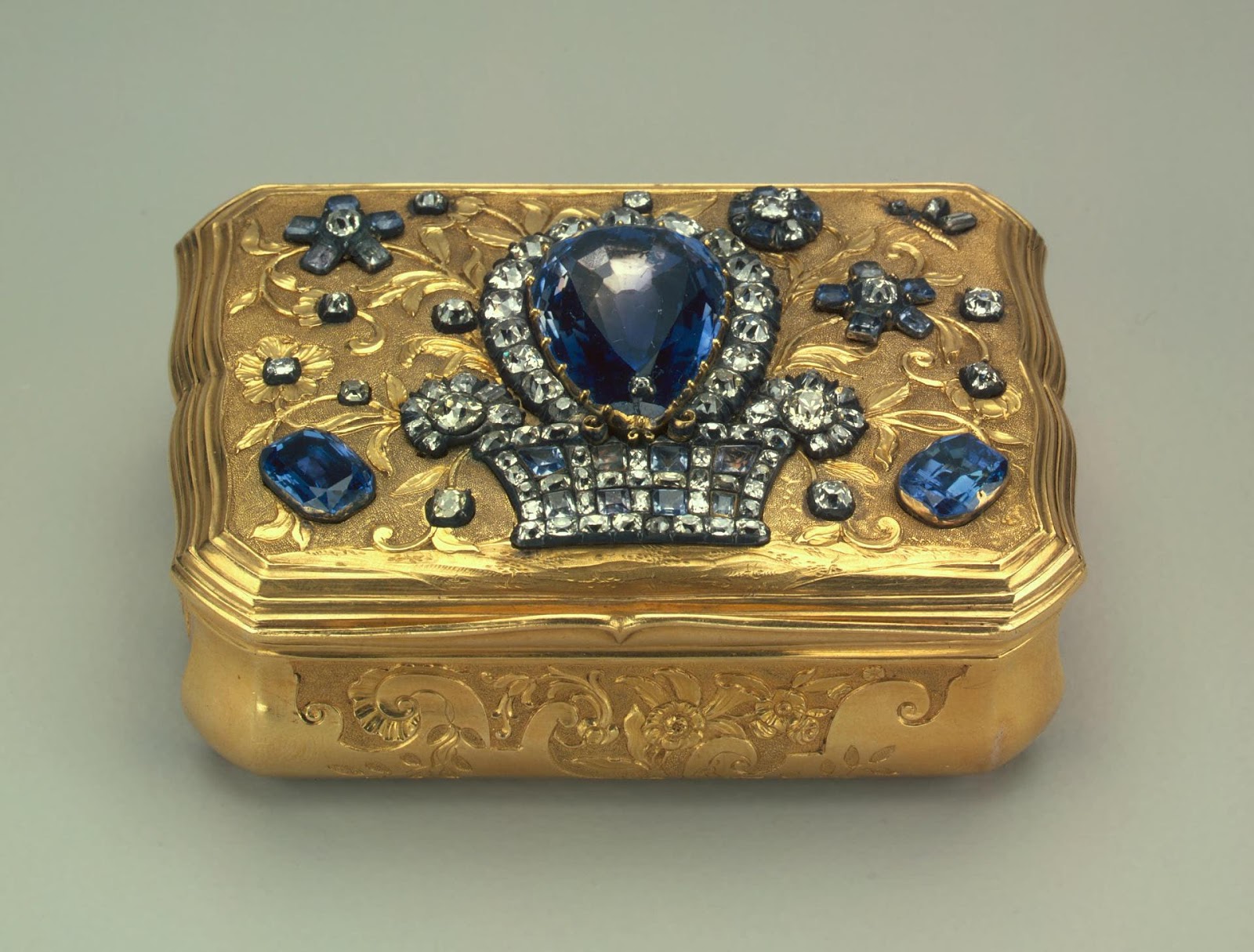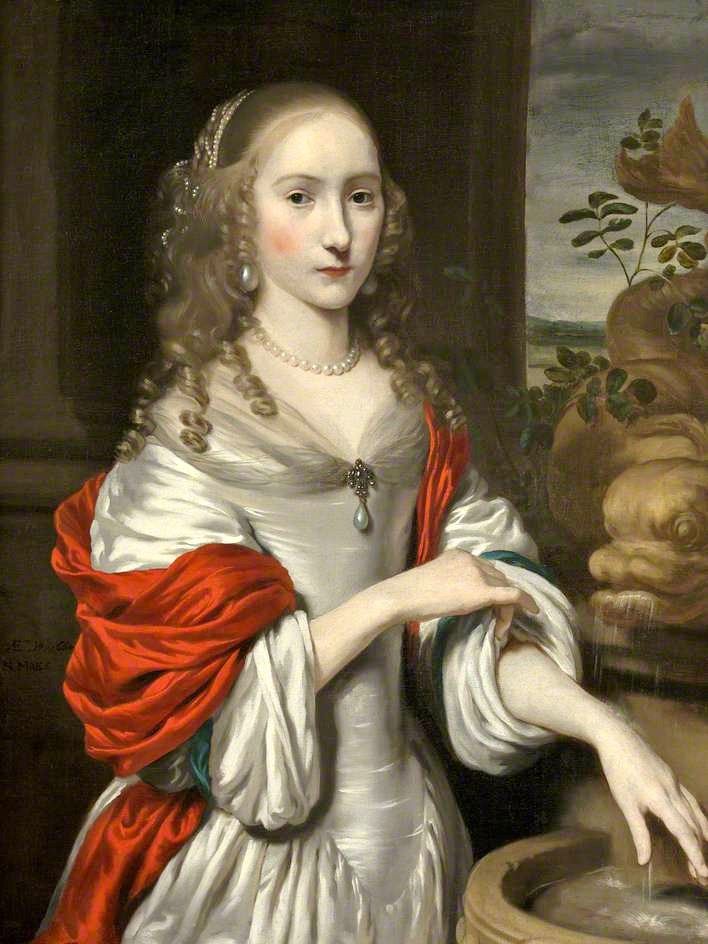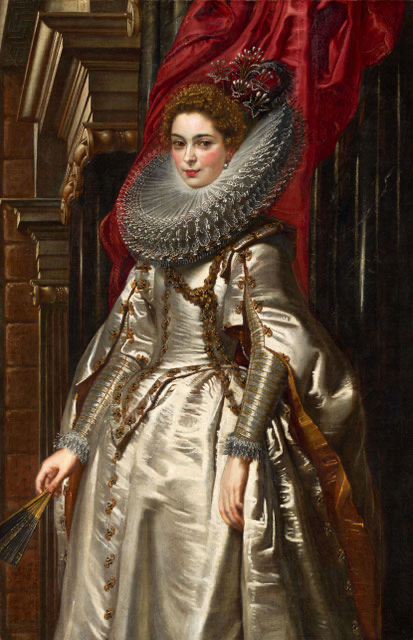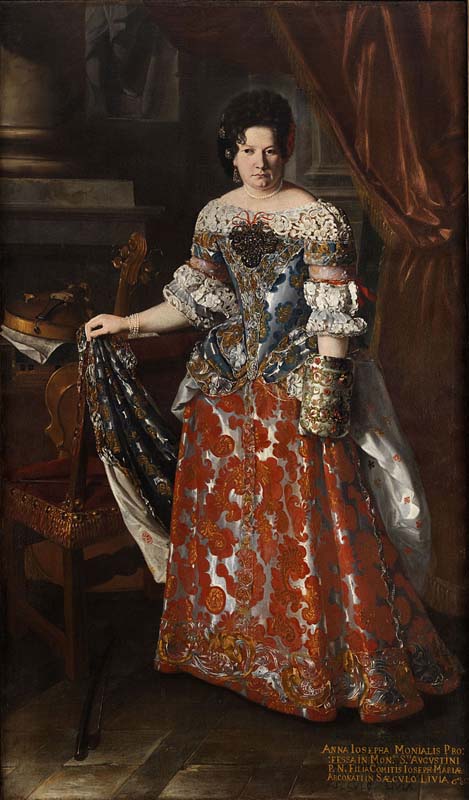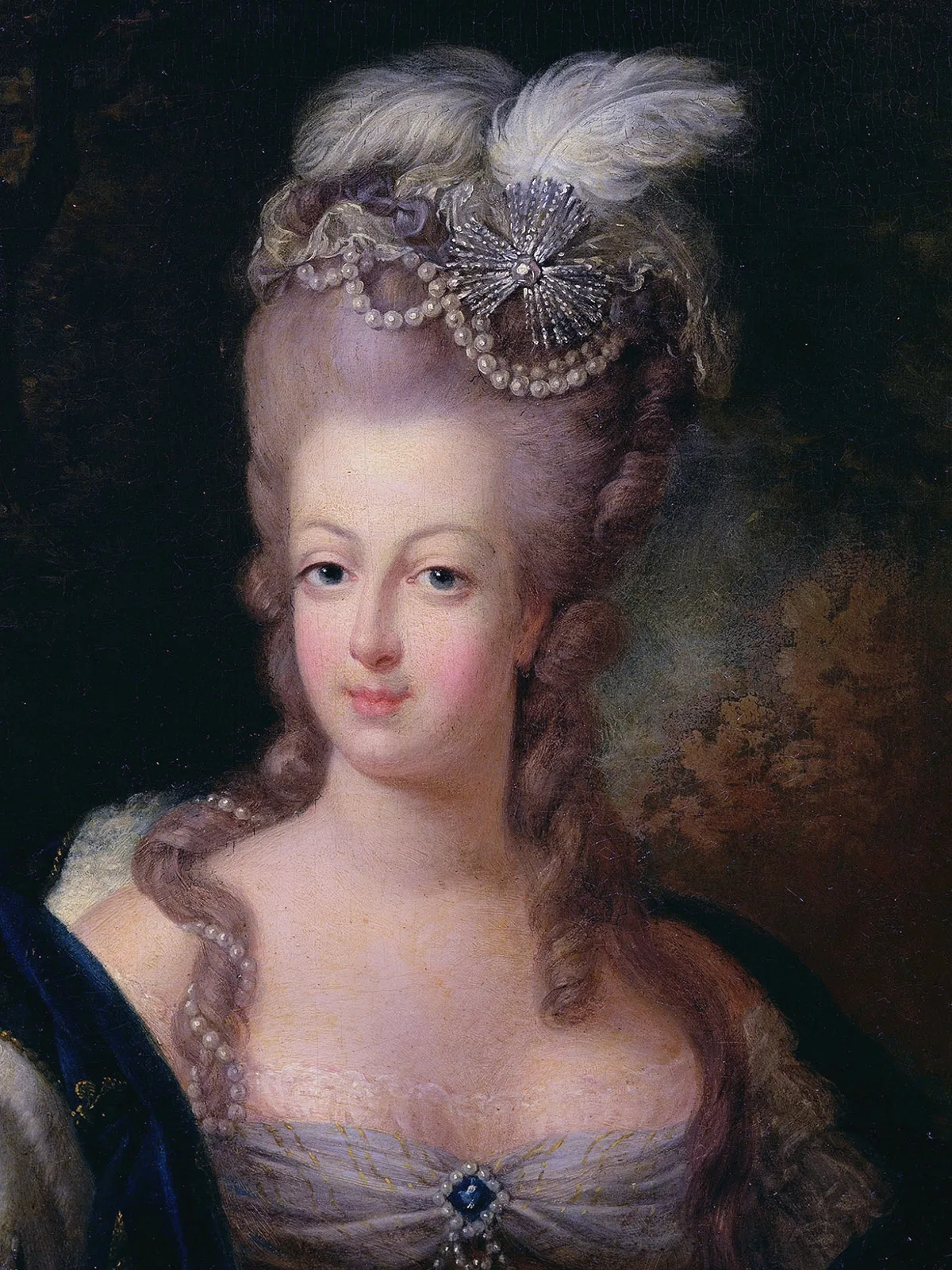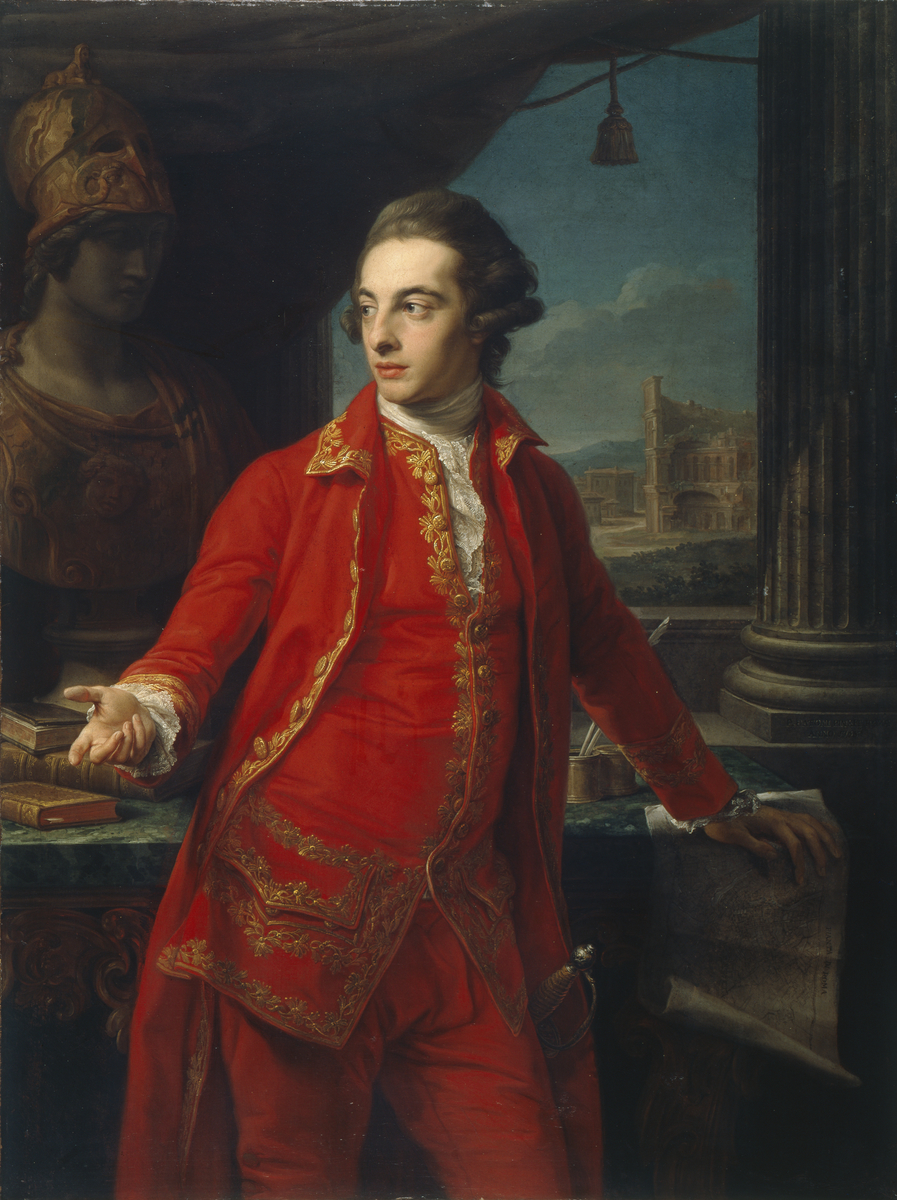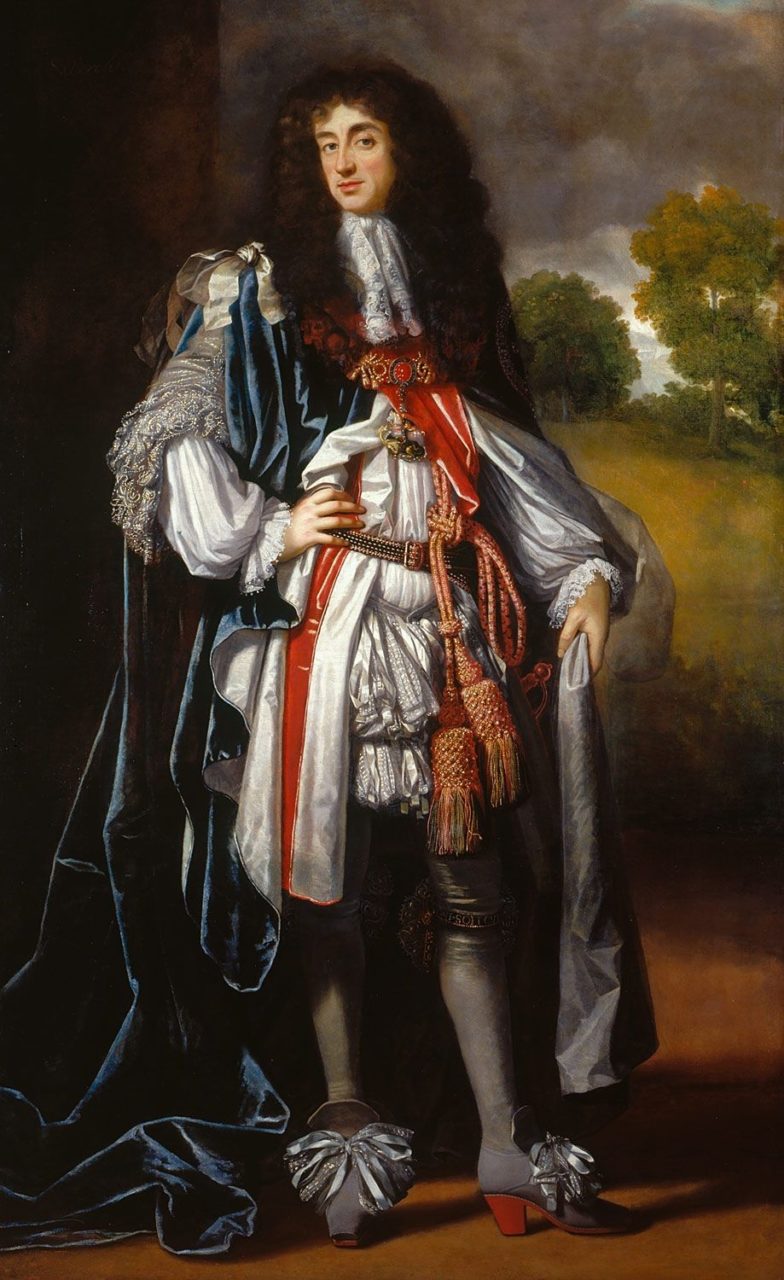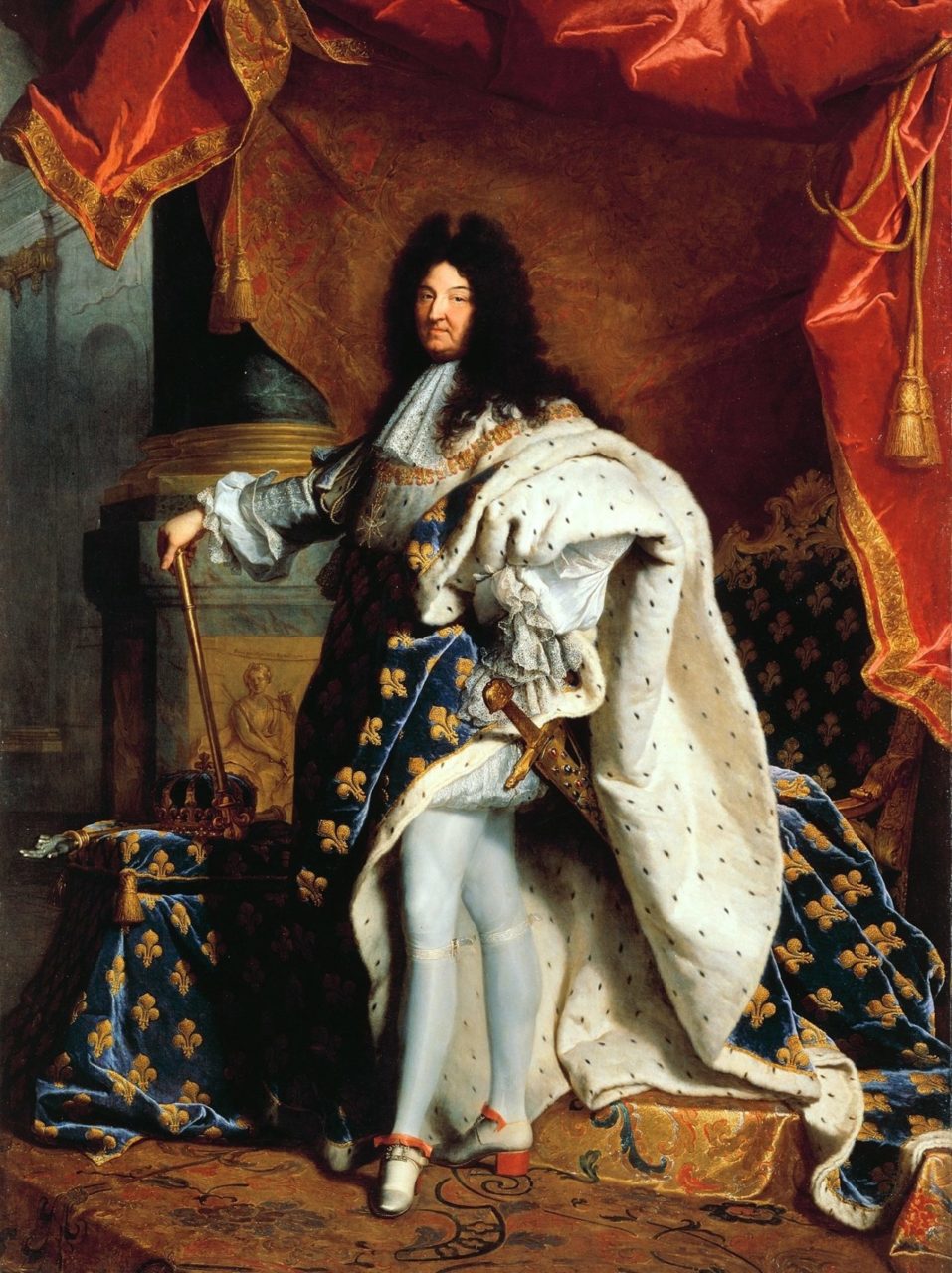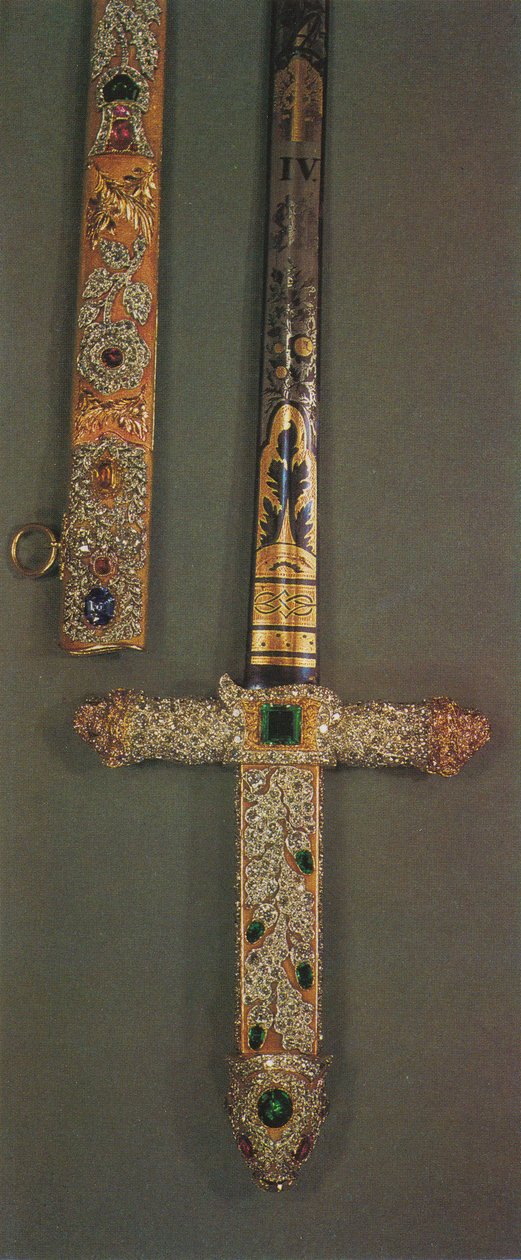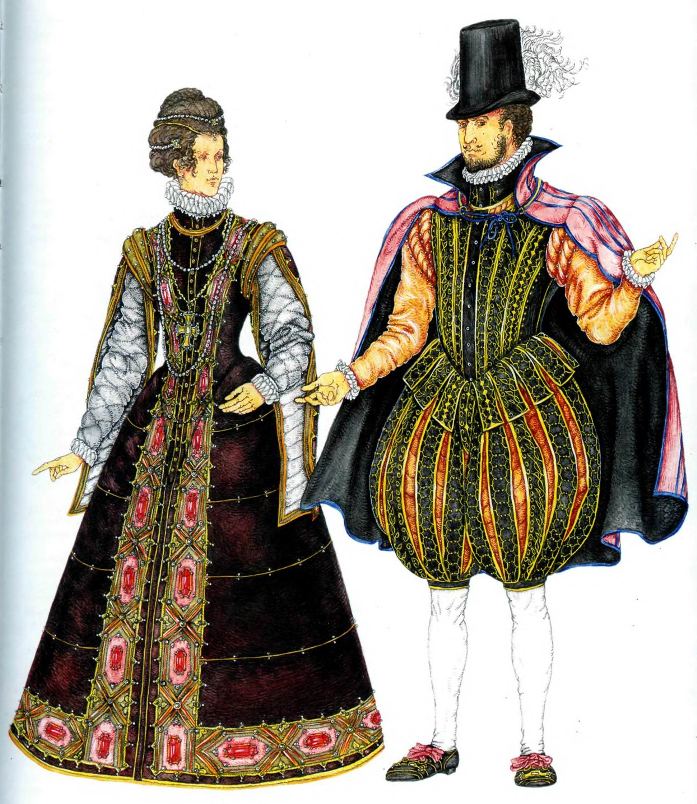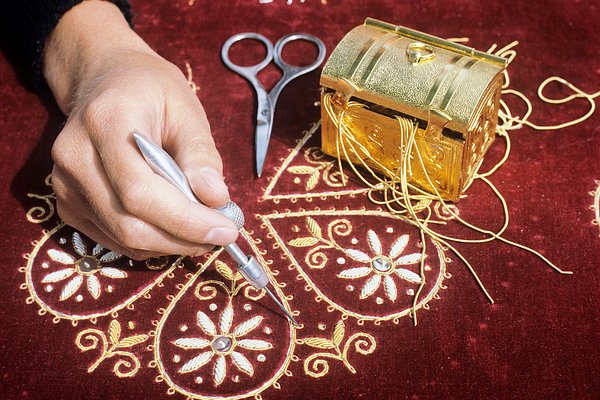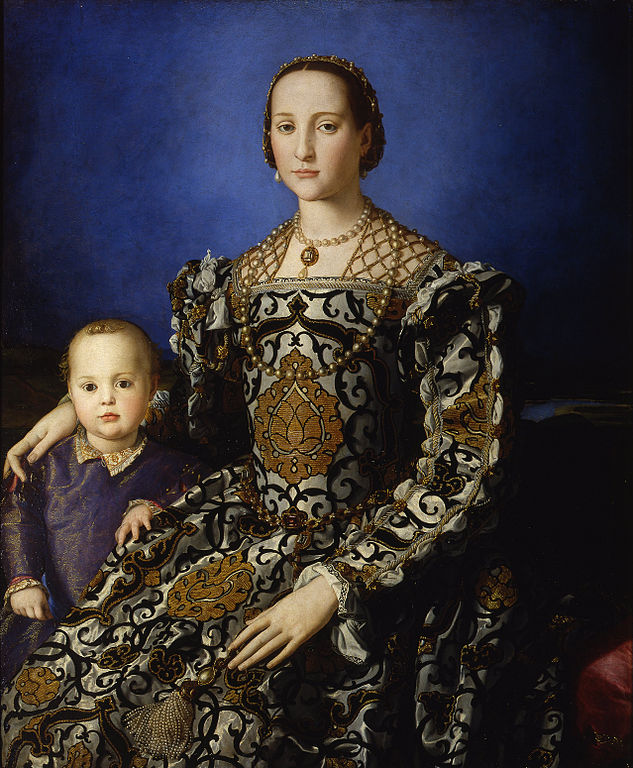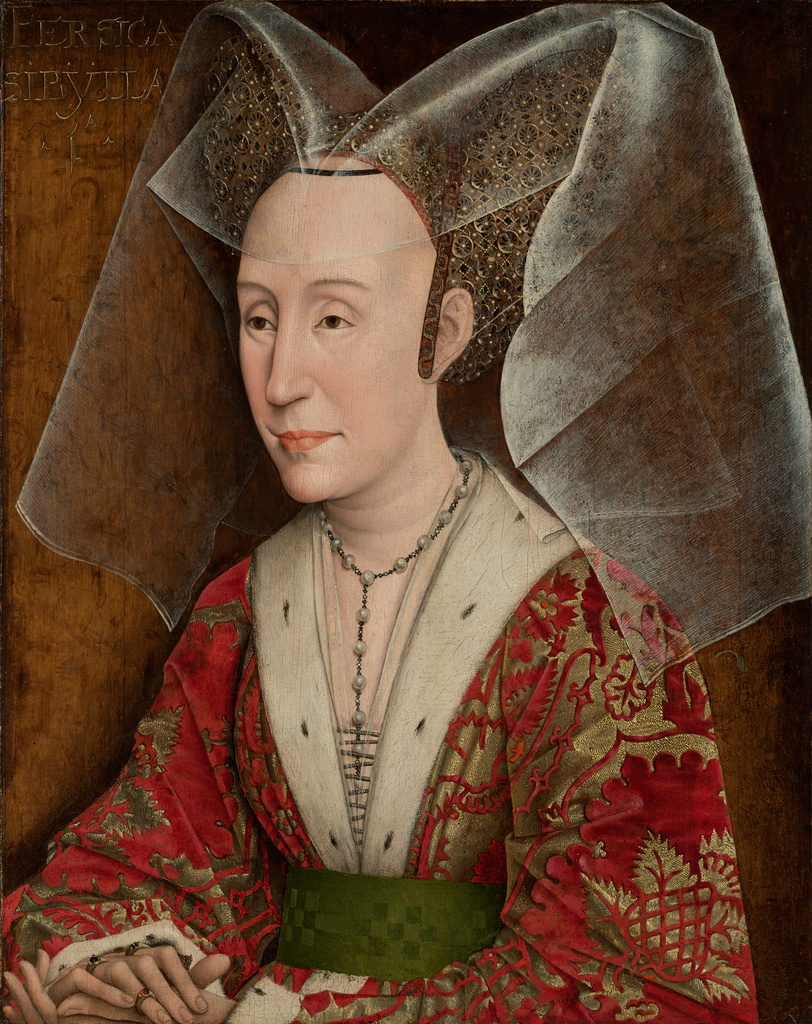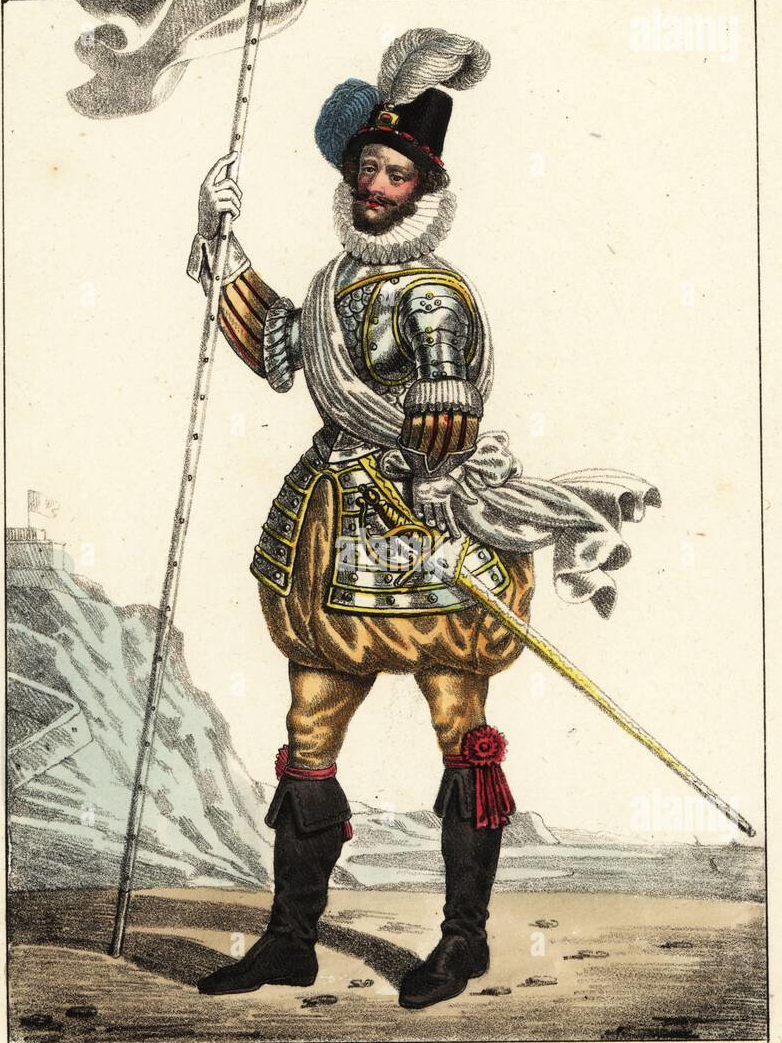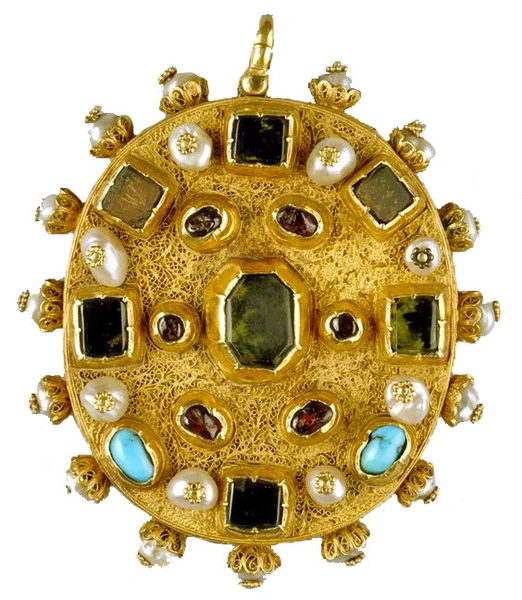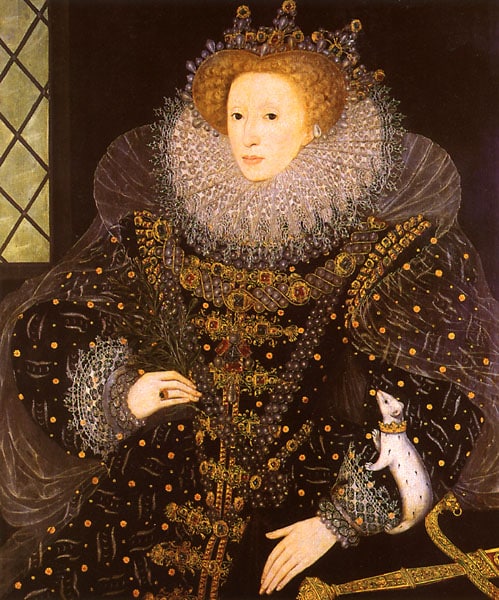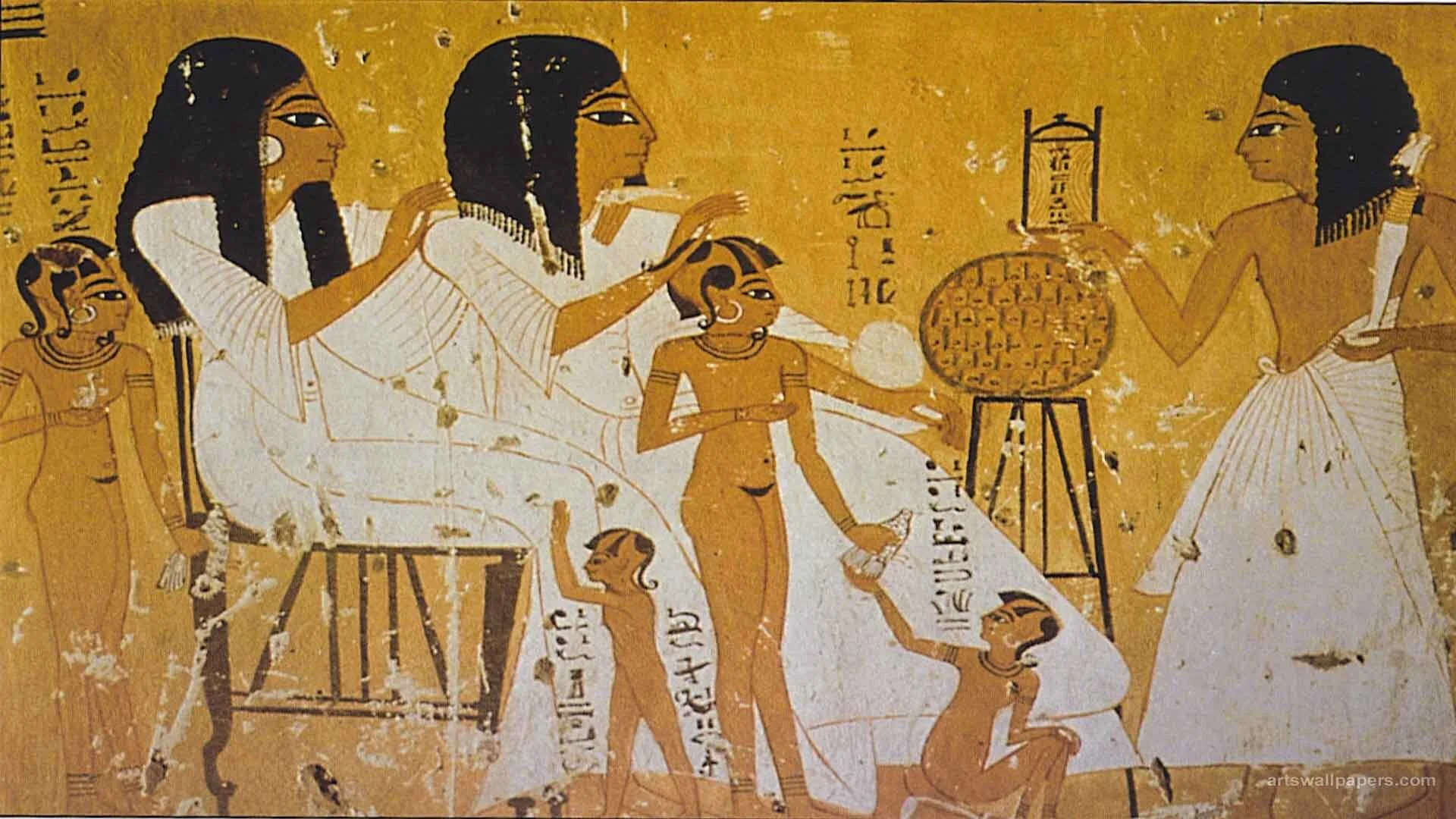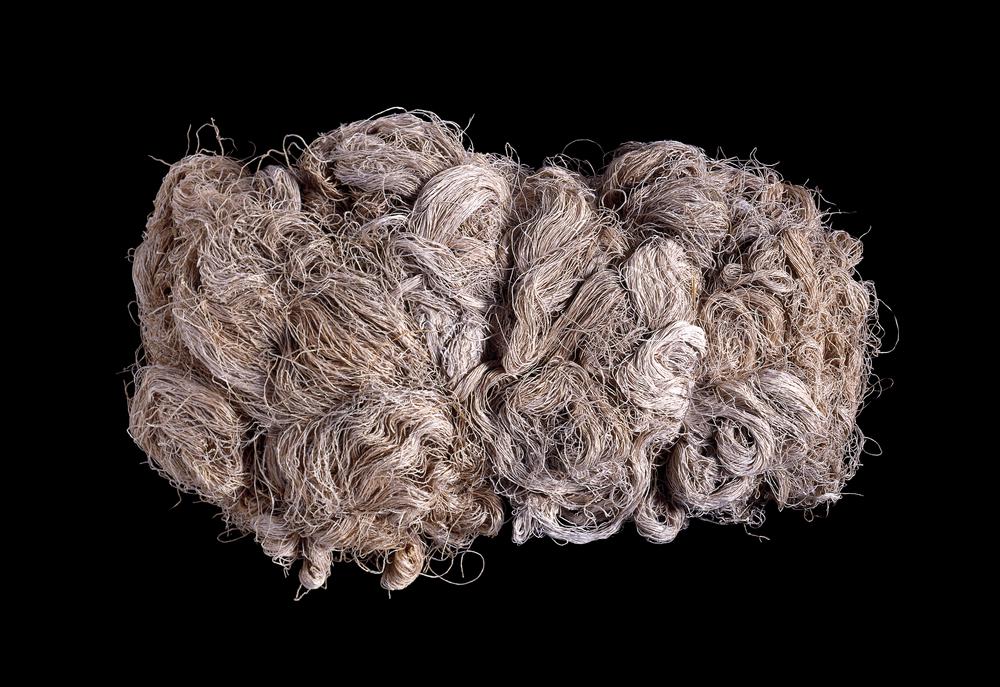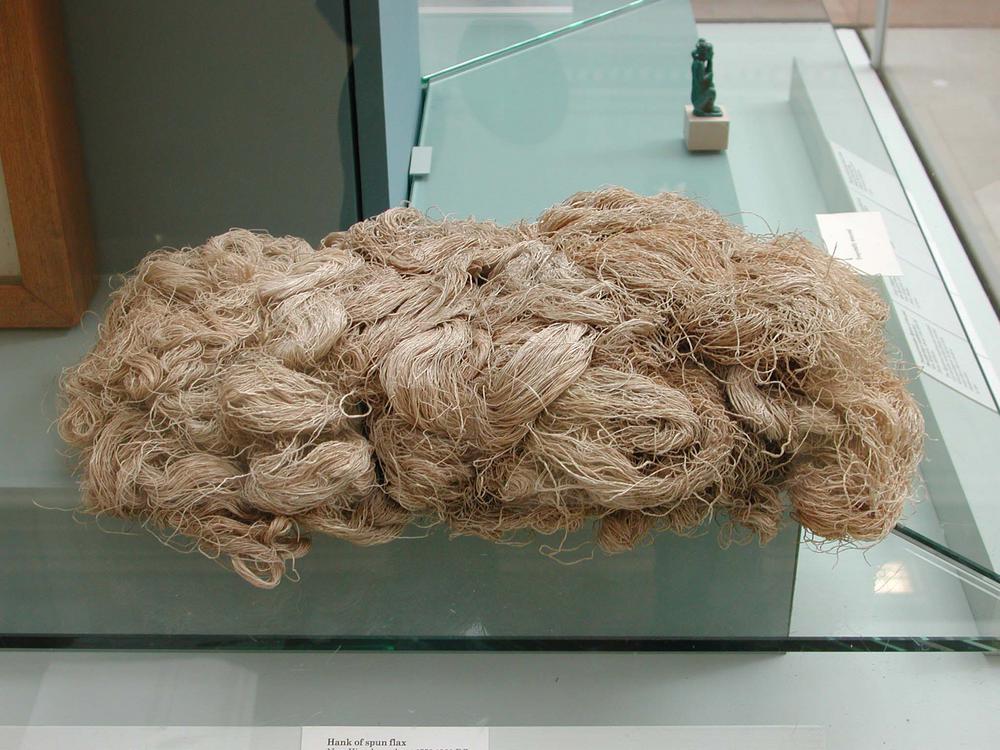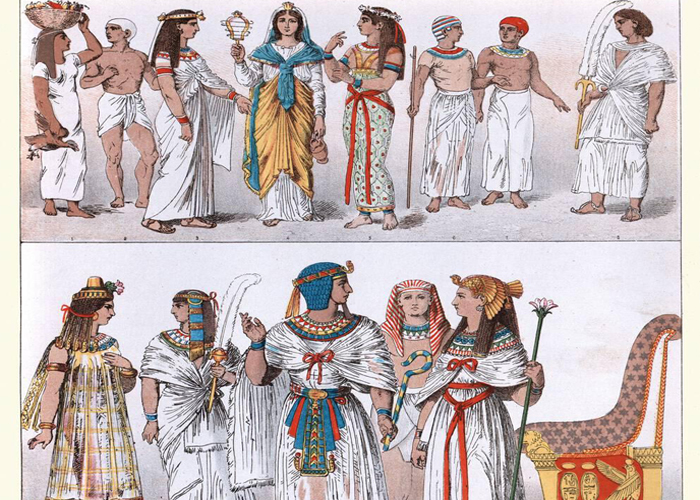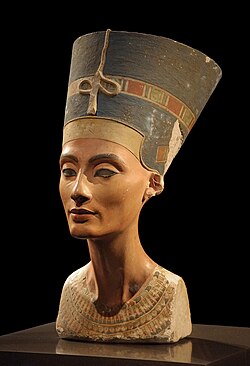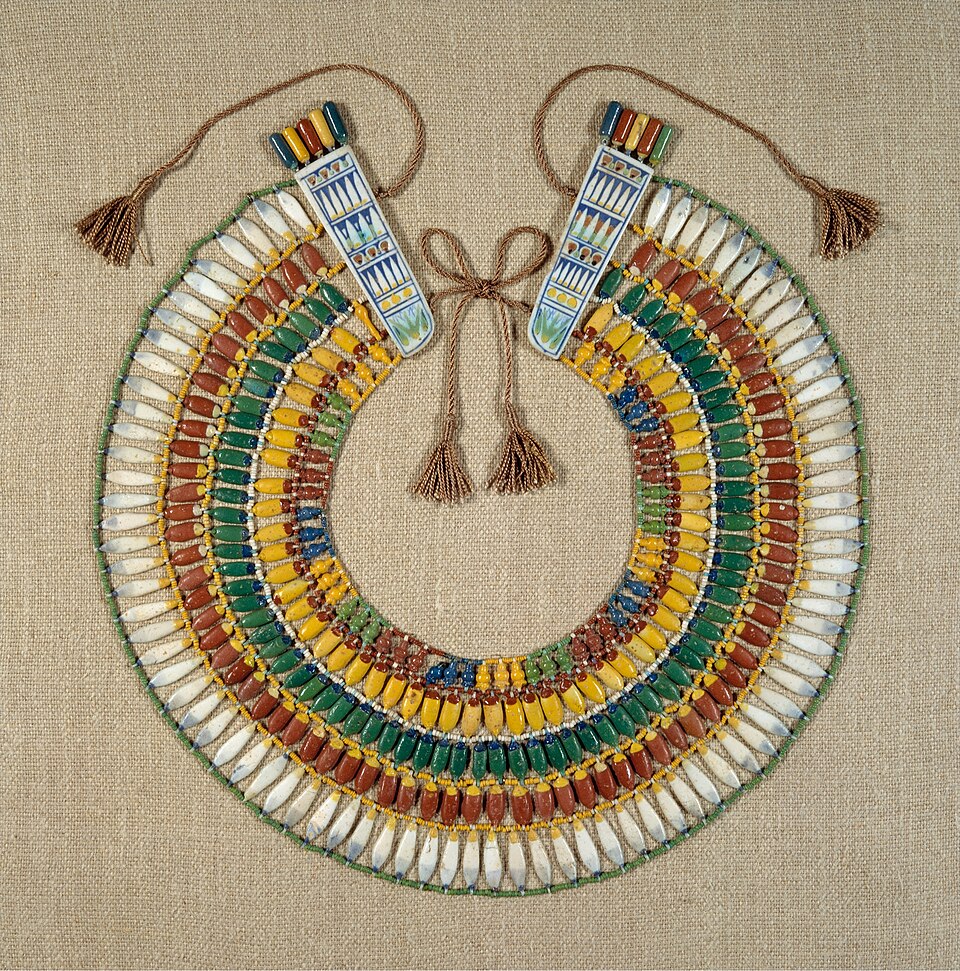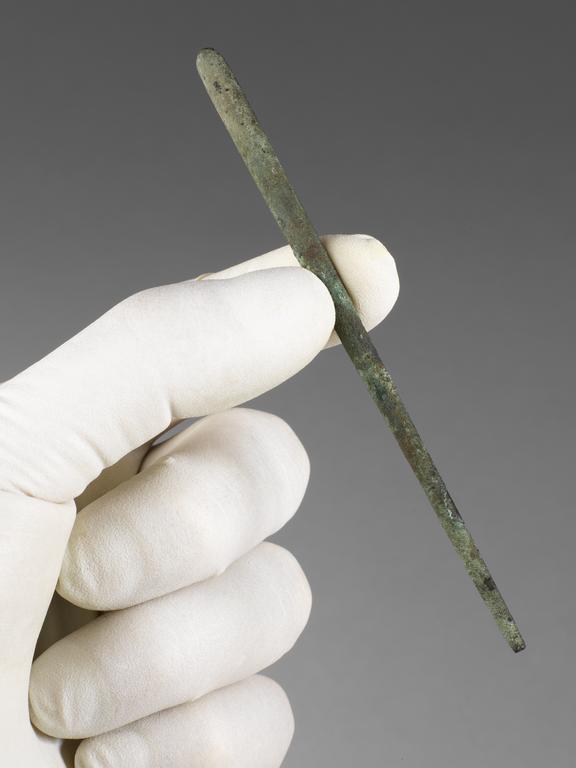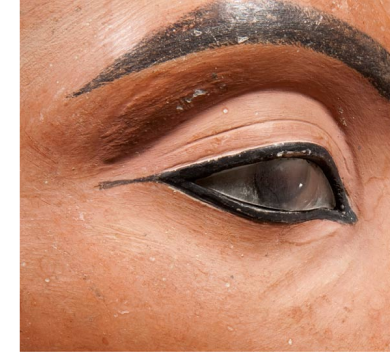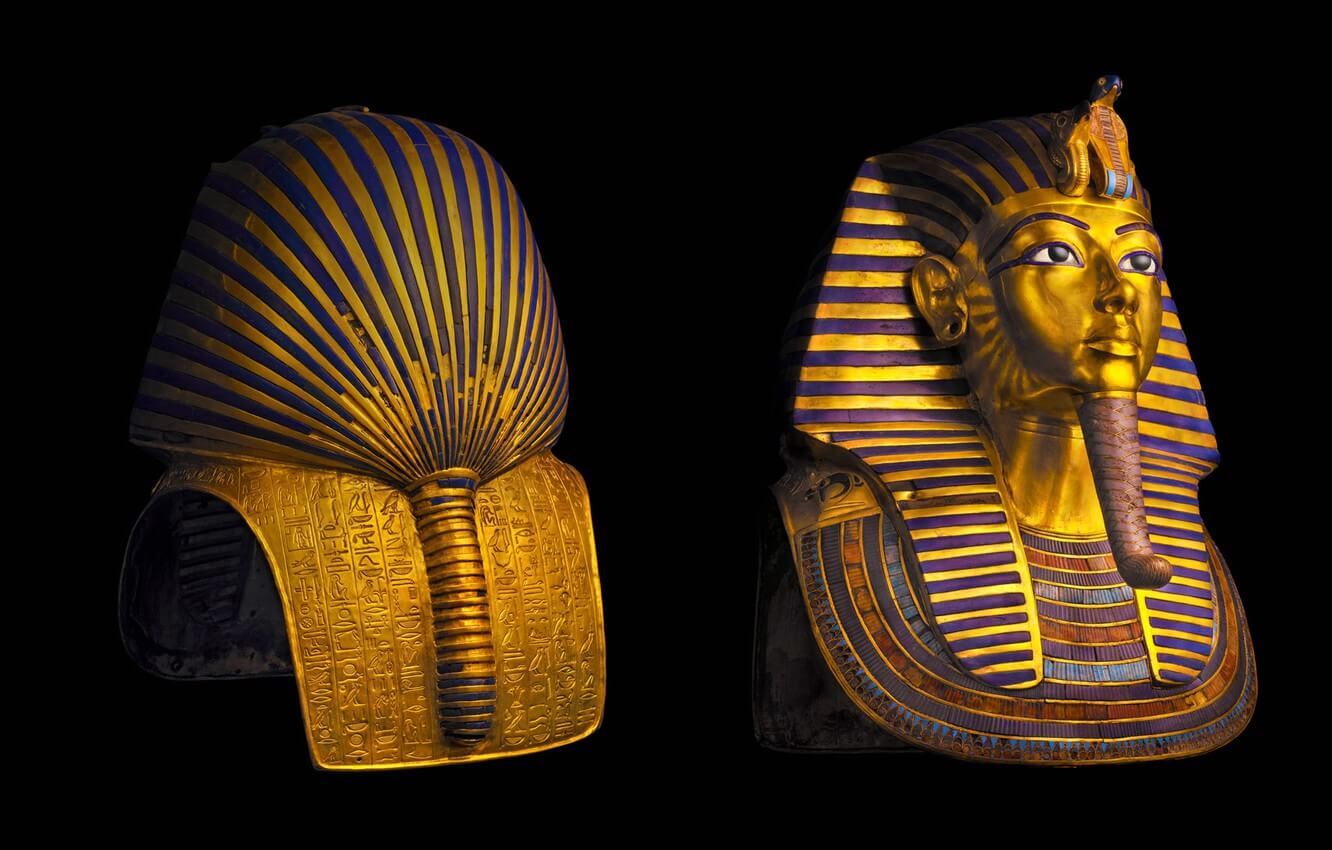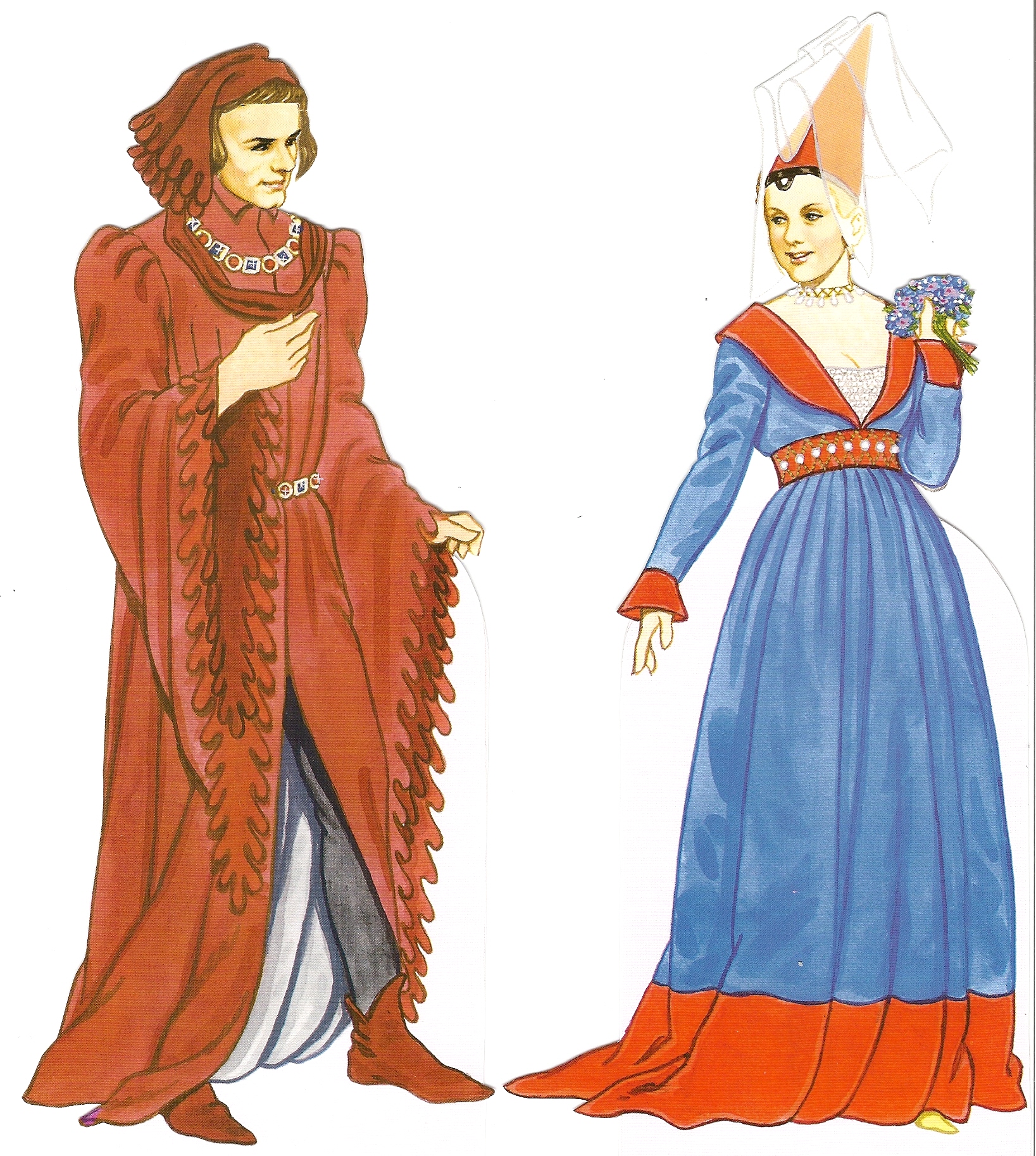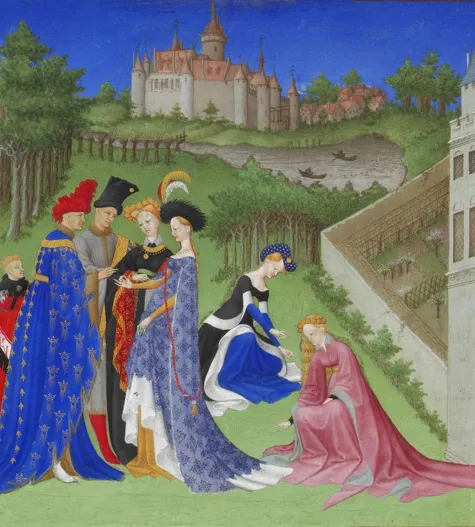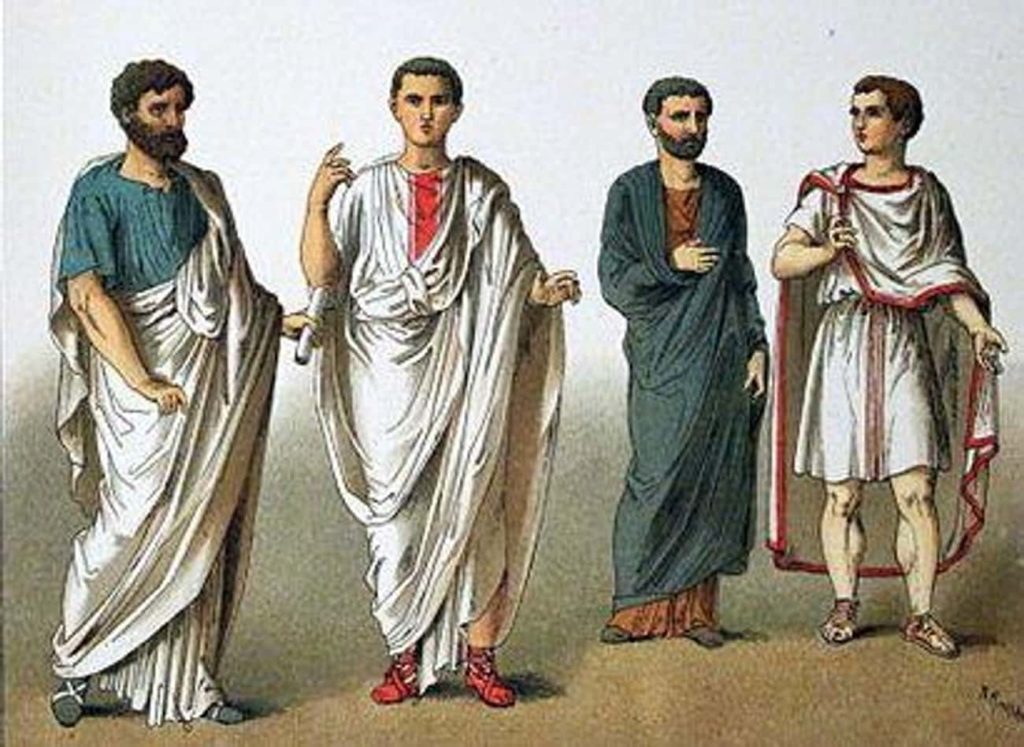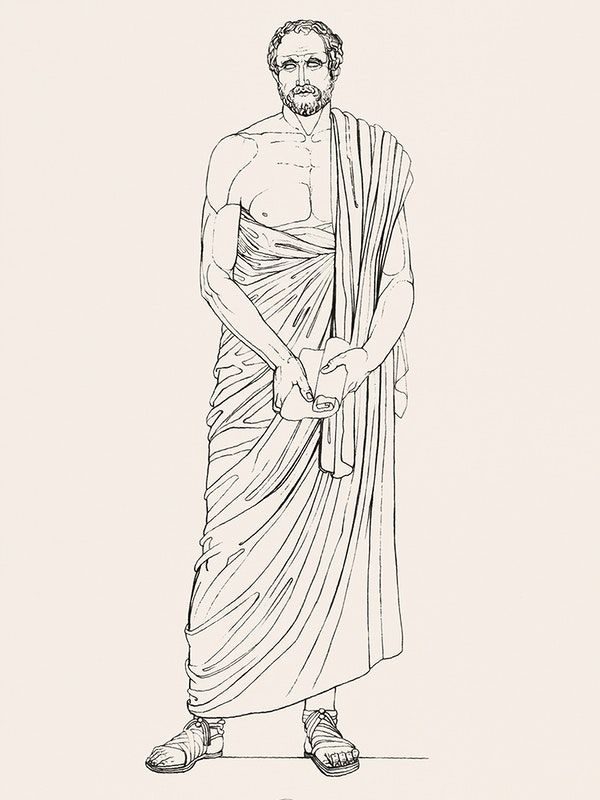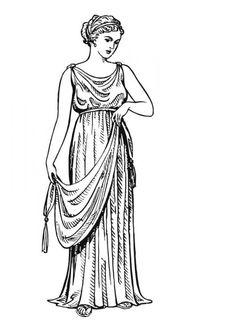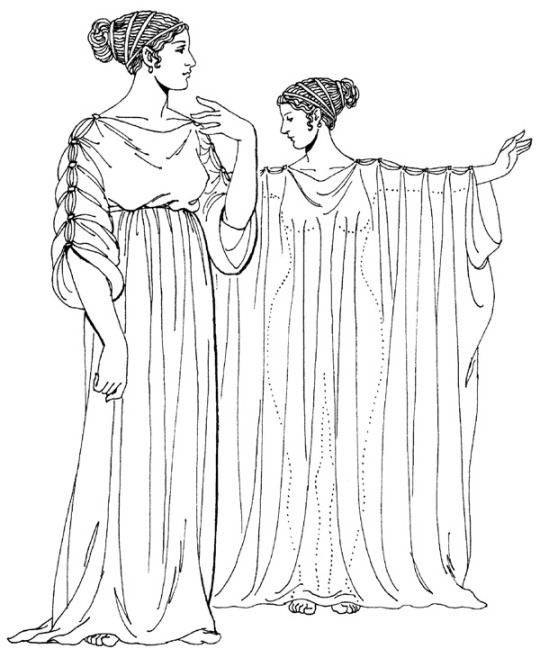From Corsets to Courage — How War Reshaped Beauty and Identity
1. A World in Upheaval
When war broke out in 1914, the world — and fashion — changed forever.
The lavish elegance of the Edwardian age suddenly seemed out of place in a world consumed by hardship and sacrifice.
Nations mobilized. Materials were rationed. Millions of men went to war, and women stepped into new roles — in factories, hospitals, offices, and farms.

Fashion had to adapt. Silks gave way to wool. Lace to linen. Extravagance to practicality.
The transformation wasn’t just about clothing — it was about freedom, function, and a new sense of purpose.
2. The New Silhouette
Gone was the S-bend corset and its exaggerated femininity.
In its place emerged a straighter, looser silhouette — the early form of the modern woman’s body line.
- Corsets softened, shortened, or disappeared entirely.
- Skirts rose to the ankle or mid-calf for mobility — shocking to traditionalists.
- Jackets and coats borrowed from military cuts — structured shoulders, belts, buttons, and pockets.
- Waistlines dropped slightly, giving a natural, practical grace.
By 1916, women were walking freely — something nearly impossible in the long, restrictive gowns of only a decade earlier.
3. Fabrics and Function
With silk imports limited and luxury taxed, practicality defined style:
- Wool, cotton, serge, and linen became dominant.
- Embroidery, ribbons, and pearls vanished.
- Neutral and military-inspired tones — khaki, navy, brown, gray — replaced Edwardian pastels.
Even the cut of dresses reflected war needs — less fabric, less waste, and easier maintenance.
4. The Working Woman’s Wardrobe
For the first time in history, women’s clothing reflected their work, not just their class.
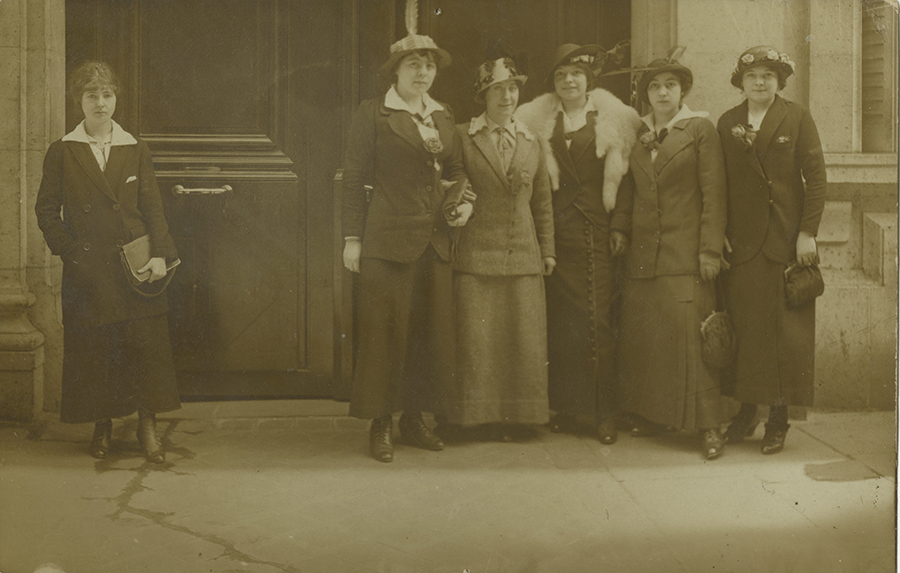
- Factory uniforms: sturdy wool dresses, aprons, and simple caps.
- Nurse’s attire: crisp white uniforms, capes, and veils — symbols of service and sacrifice.
- Women’s Land Army outfits: breeches, boots, and shirts — a revolution in female dress.
These clothes were not “feminine” by old standards — yet they redefined what femininity meant: strength, practicality, and quiet dignity.
5. Accessories, Hats, and Shoes
Luxury accessories faded from daily life. Instead:
- Hats became smaller, more practical — felt cloches and caps replaced lavish plumes.
- Gloves remained a staple, though simplified.
- Shoes were sturdier, with low heels and closed toes, fit for walking or labor.
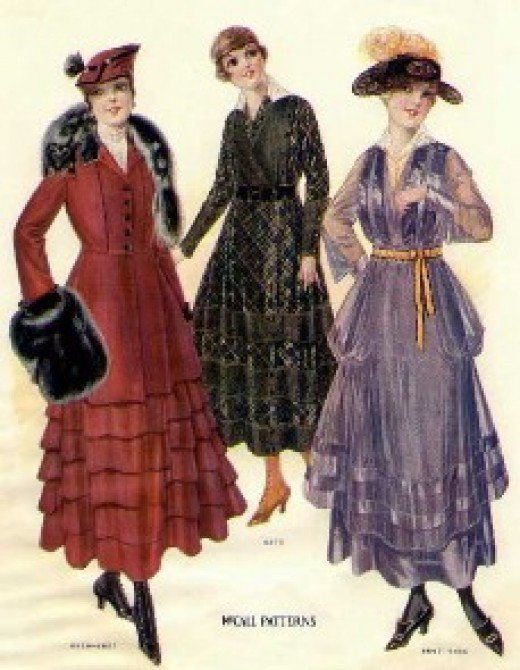
Every piece of clothing became a reflection of the new world — one where efficiency was elegance.
6. Men’s Fashion and Military Influence
Men’s fashion, too, became simpler. Military uniforms shaped the civilian wardrobe:
- Trench coats — originally military rain gear — became a timeless classic.
- Double-breasted jackets, belts, and khaki tones entered everyday wear.
- The clean-shaven face replaced the Victorian beard, echoing discipline and hygiene from the front lines.
7. The Cultural Shift
World War I didn’t just change fashion — it changed identity.
Clothing reflected women’s independence and mobility.
For the first time, clothes were mass-produced, standardized, and affordable.
Department stores flourished. Patterns for “ready-made” dresses appeared in magazines.
The idea of fashion as a daily necessity — not a luxury — was born.
8. The Seeds of the Modern Woman
The war freed women from corsets and constraints, both physical and social.
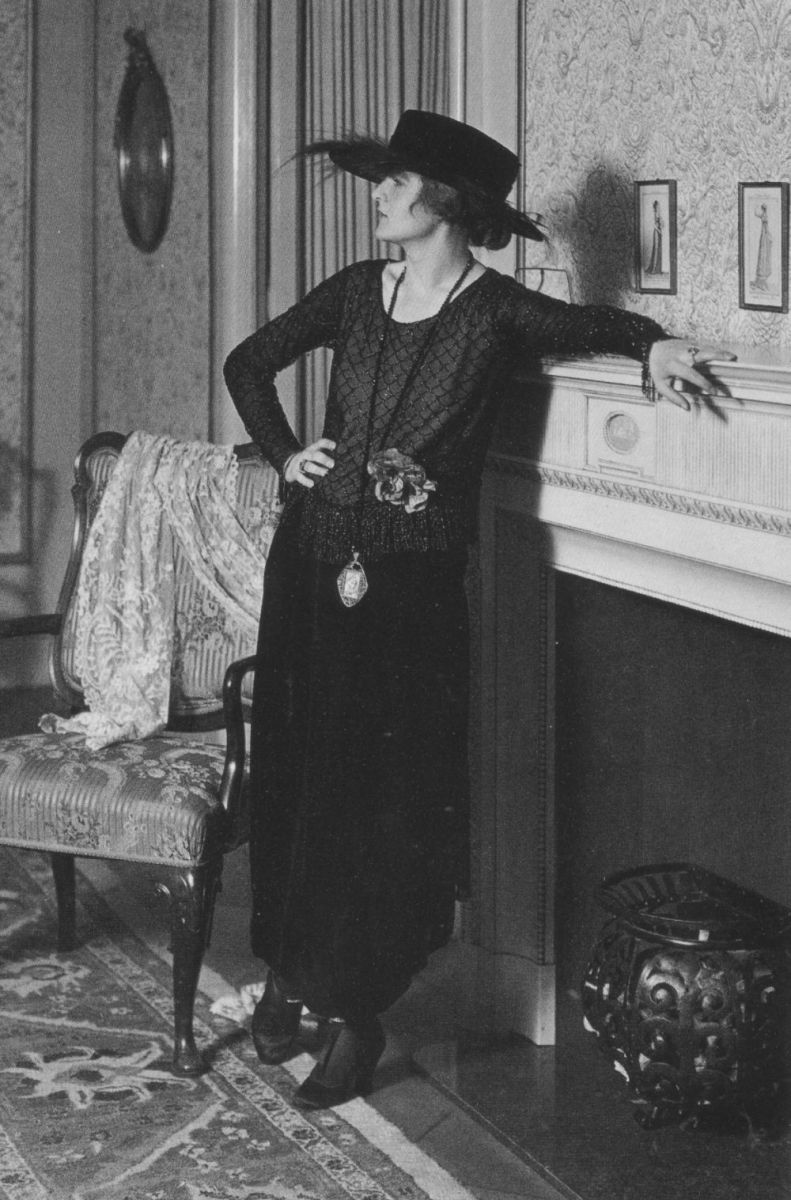
The war freed women from corsets and constraints, both physical and social.
When peace returned, they could not — and would not — go back.
Designers like Coco Chanel and Jeanne Lanvin built upon this foundation, creating relaxed, fluid silhouettes that embodied freedom.
The 1920s “flapper” girl — with her short skirts and bobbed hair — was the direct heir of the women who worked, walked, and changed the world during the war.
9. Legacy of the Era
World War I fashion represents the birth of modernity — not through luxury, but through necessity.
It was the moment when clothing became:
- Functional
- Streamlined
- Democratic
- And, paradoxically, more beautiful in its honesty.
As one magazine wrote in 1918:
“Women have found their strength, and their dress has followed.”
